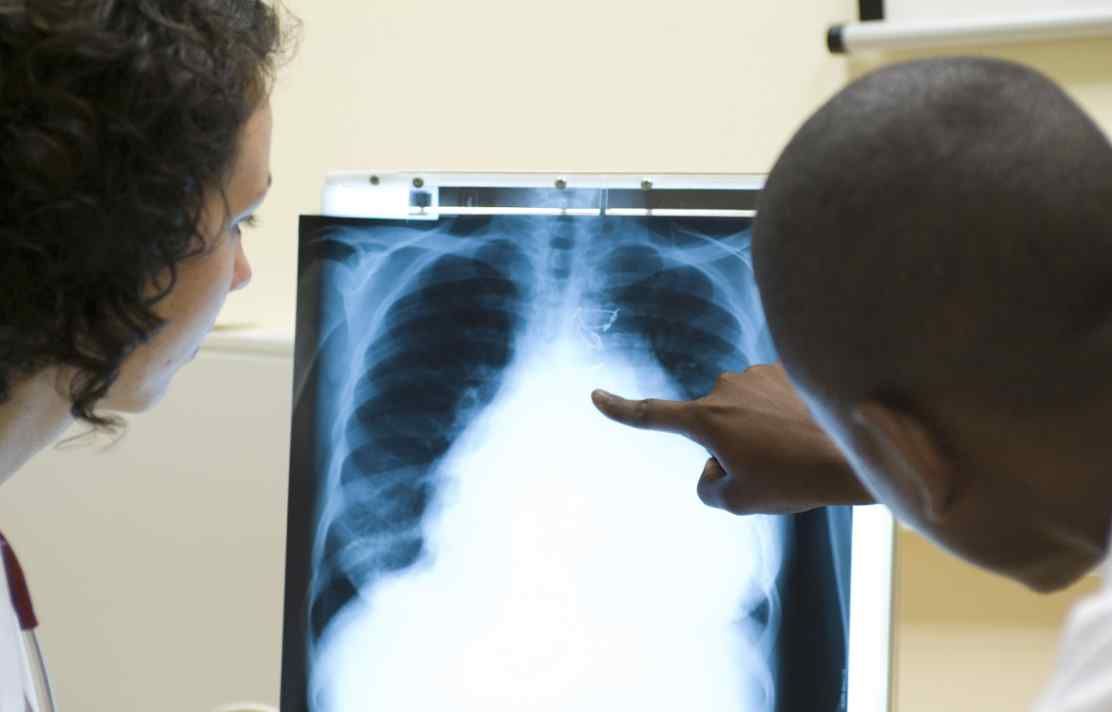BibTex format
@article{Riley:2020:10.12688/wellcomeopenres.16228.2,
author = {Riley, S and Atchison, C and Ashby, D and Donnelly, CA and Barclay, W and Cooke, GS and Ward, H and Darzi, A and Elliott, P and REACT, study group},
doi = {10.12688/wellcomeopenres.16228.2},
journal = {Wellcome Open Res},
title = {REal-time Assessment of Community Transmission (REACT) of SARS-CoV-2 virus: Study protocol.},
url = {http://dx.doi.org/10.12688/wellcomeopenres.16228.2},
volume = {5},
year = {2020}
}
RIS format (EndNote, RefMan)
TY - JOUR
AB - Background: England, UK has one of the highest rates of confirmed COVID-19 mortality globally. Until recently, testing for the SARS-CoV-2 virus focused mainly on healthcare and care home settings. As such, there is far less understanding of community transmission. Protocol: The REal-time Assessment of Community Transmission (REACT) programme is a major programme of home testing for COVID-19 to track progress of the infection in the community. REACT-1 involves cross-sectional surveys of viral detection (virological swab for RT-PCR) tests in repeated samples of 100,000 to 150,000 randomly selected individuals across England. This examines how widely the virus has spread and how many people are currently infected. The age range is 5 years and above. Individuals are sampled from the England NHS patient list. REACT-2 is a series of five sub-studies towards establishing the seroprevalence of antibodies to SARS-CoV-2 in England as an indicator of historical infection. The main study (study 5) uses the same design and sampling approach as REACT-1 using a self-administered lateral flow immunoassay (LFIA) test for IgG antibodies in repeated samples of 100,000 to 200,000 adults aged 18 years and above. To inform study 5, studies 1-4 evaluate performance characteristics of SARS-CoV-2 LFIAs (study 1) and different aspects of feasibility, usability and application of LFIAs for home-based testing in different populations (studies 2-4). Ethics and dissemination: The study has ethical approval. Results are reported using STROBE guidelines and disseminated through reports to public health bodies, presentations at scientific meetings and open access publications. Conclusions: This study provides robust estimates of the prevalence of both virus (RT-PCR, REACT-1) and seroprevalence (antibody, REACT-2) in the general population in England. We also explore acceptability and usability of LFIAs for self-administered testing for SARS-CoV-2 antibody in a home-based setting, not done before at
AU - Riley,S
AU - Atchison,C
AU - Ashby,D
AU - Donnelly,CA
AU - Barclay,W
AU - Cooke,GS
AU - Ward,H
AU - Darzi,A
AU - Elliott,P
AU - REACT,study group
DO - 10.12688/wellcomeopenres.16228.2
PY - 2020///
SN - 2398-502X
TI - REal-time Assessment of Community Transmission (REACT) of SARS-CoV-2 virus: Study protocol.
T2 - Wellcome Open Res
UR - http://dx.doi.org/10.12688/wellcomeopenres.16228.2
UR - https://www.ncbi.nlm.nih.gov/pubmed/33997297
VL - 5
ER -
